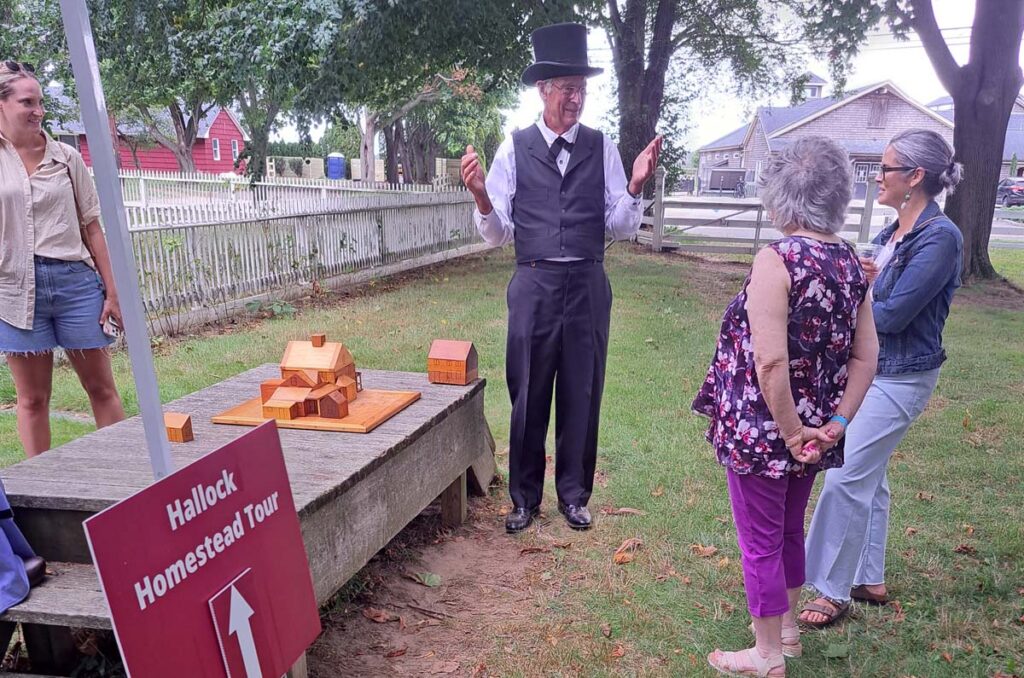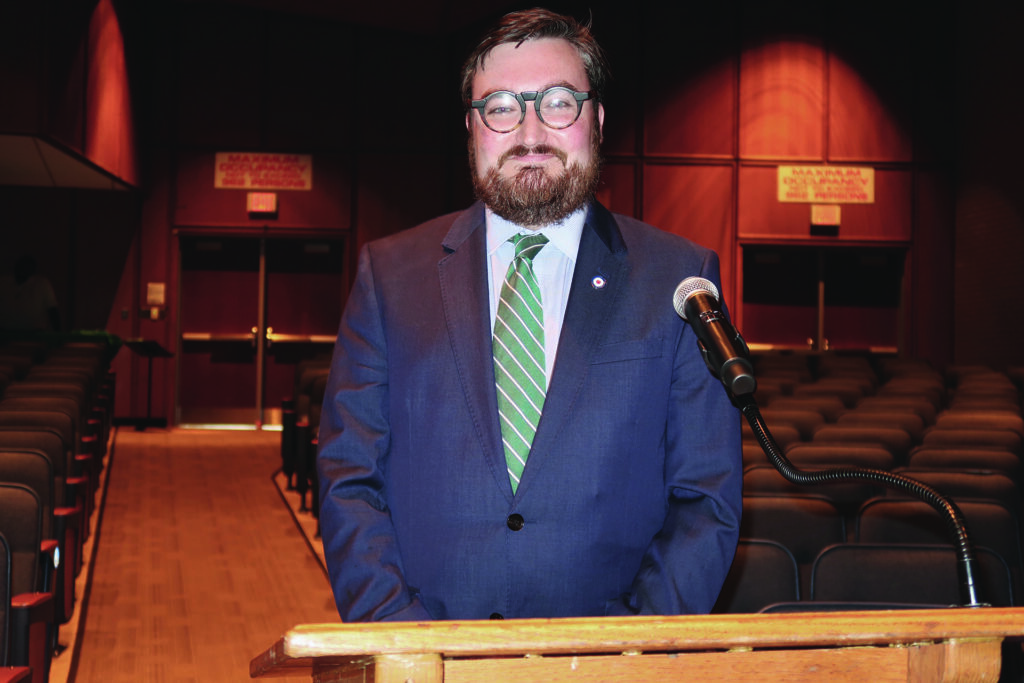Editorial: Two examples of public money well spent

As taxpayers and the people who control the purse strings debate how public money should be spent, and as the state hopes to dig its way out of a financial hole by letting your neighbor grow taxable marijuana in his backyard, there is some very good news about our money and what it’s being used for.
The Peconic Estuary Partnership, which works for environmental protection and programming, has received more than double its normal funding under the final New York State budget. The package includes $450,000 for PEP, which last year received $200,000 from the state.
The funding will allow PEP to expand its partnership with Stony Brook University on a critical water quality study and on efforts to restore bay scallop populations and eelgrass in the Peconics.
It is right for taxpayers to ask: What will this increase in our tax dollars allow PEP to accomplish?
For starters, it will help the group with its extraordinary role in protecting the Peconic Bay system. The estuary runs from the headwaters of the Peconic River in Brookhaven Town, in the heart of the pine barrens, all the way east to Block Island Sound.
Since 1992, this body of water has been a designated Estuary of National Significance — one of just 28 in the national program.
As you’ll read in this week’s issue, PEP recently completed a living shoreline project at Widow’s Hole Preserve in Greenport and is currently working on a wetland restoration project on Narrow River Road in Orient.
This is vitally important work on the North Fork and is well worth the expenditure of taxpayer dollars.
It was also very welcome news this week when funding for the North Fork Coalition for Behavioral Health was restored by New York State. This group can save lives; funding it again will keep people safe.
Within our schools and throughout the community we are seeing a growing need for comprehensive mental health and substance use services. The coalition was established in 2016 to expand the network of providers and trained teams in school districts and social service agencies. The goal was straightforward: improve access to behavioral health services.
Last year, funding for the coalition was not in the state budget. Concerns were raised about the group’s work and how it could continue helping those who need its support..
Anne Smith, chairperson of the group’s board of directors, thanked state Sen. Anthony Palumbo and Assembly members Jodi Giglio and Fred Thiele for getting the funding included in this year’s budget.
“Our schools and communities continue to experience increased school counseling caseloads, calls for outreach support and services, higher numbers of preschool and school-age students in need of social-emotional and behavioral interventions, substance abuse disorders, and increased need for treatment services,” Ms. Smith wrote.
This is public money well spent.








